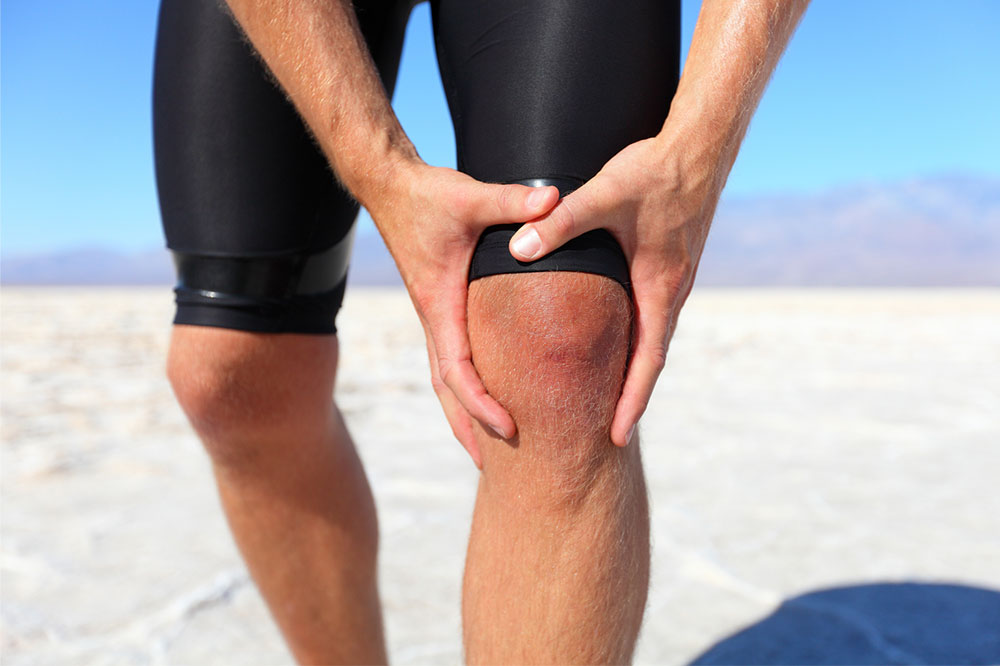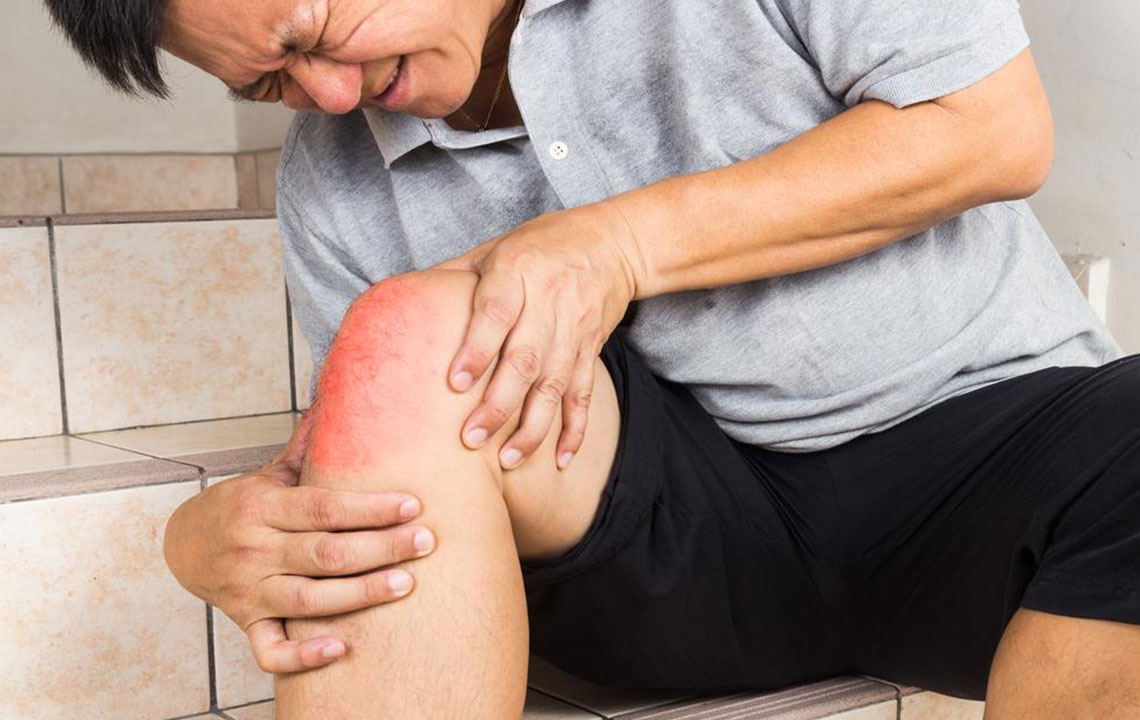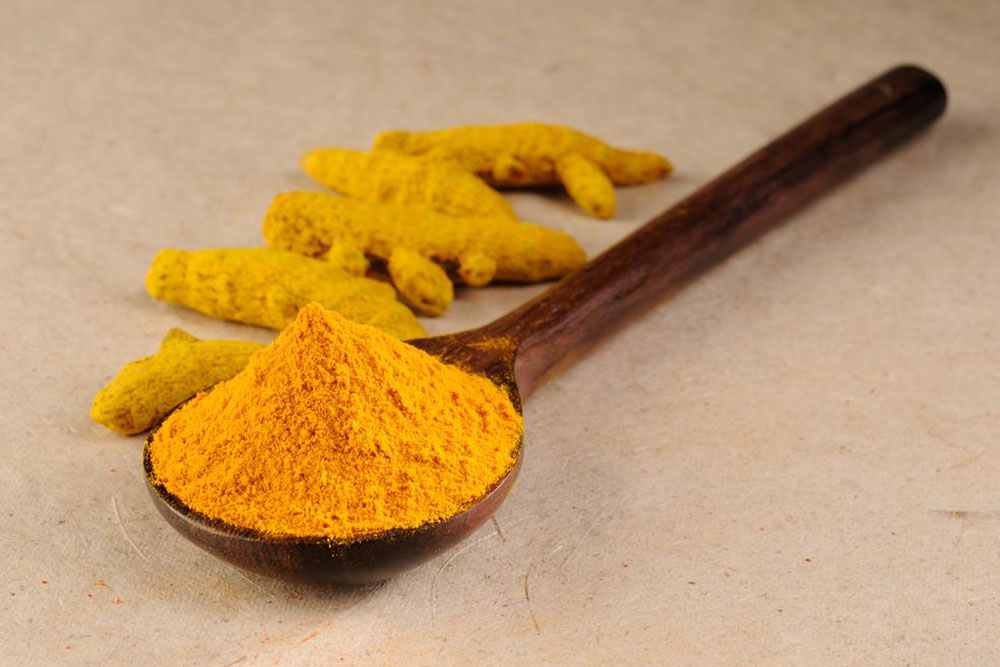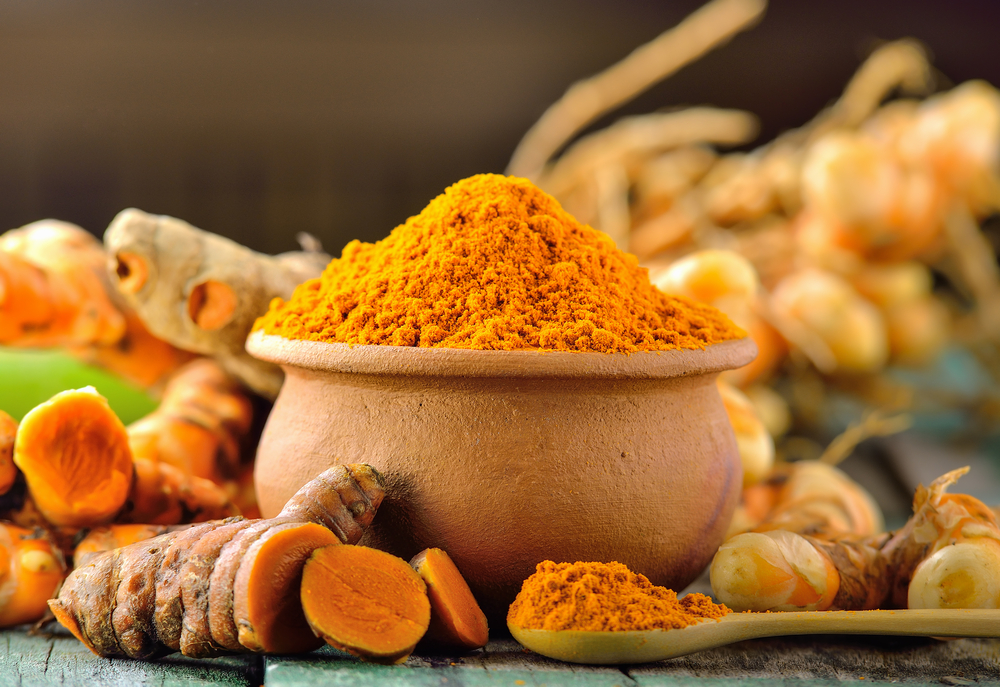Proven Techniques to Reduce Joint Discomfort Throughout the Year
This comprehensive guide offers proven strategies to alleviate joint discomfort in all seasons. Learn effective tips for managing winter stiffness, summer heat, and monsoon humidity. Discover lifestyle choices, physiotherapy, and home remedies to support joint health year-round. Maintain mobility, reduce pain, and improve quality of life with these expert-approved methods tailored for seasonal changes in weather and environmental conditions.

Proven Techniques to Reduce Joint Discomfort Throughout the Year
Experiencing joint discomfort is a widespread concern affecting millions worldwide, particularly those suffering from chronic conditions like arthritis. While medications and medical interventions can provide relief, many individuals find that strategic lifestyle modifications and targeted physiotherapy significantly enhance their quality of life by managing and reducing joint pain. Fluctuations in weather and seasonal changes are known to influence joint health, often exacerbating pain and stiffness. A comprehensive understanding of how cold, heat, humidity, and atmospheric pressure impact joint function equips individuals with tools to adapt and alleviate symptoms effectively throughout the seasons.
Strategies for Managing Winter Joint PainWinter presents unique challenges for joint health. The drop in temperatures causes muscles, tendons, and ligaments to contract and tighten, which can lead to increased stiffness and pain. Additionally, lower atmospheric pressure may cause tissues to expand slightly, placing extra strain on joints. To combat these issues, layering clothing is essential to preserve warmth. Wearing thermal or moisture-wicking fabrics helps keep the body temperature stable. Maintaining an active lifestyle during winter—such as gentle stretching, indoor exercises, or light walking—strengthens muscles and supports joint stability, reducing stiffness. Specific interventions like applying warm compresses or heating pads on painful areas can promote blood flow and relax tense muscles, providing prompt relief. Incorporating these practices into daily routines can minimize winter-related joint discomfort and promote overall joint health.
Summer’s Impact on Joint HealthHigh temperatures in summer can also influence joint health, often leading to increased discomfort for those with pre-existing conditions. Elevated heat can cause dehydration, which makes synovial fluid—the lubricant in joints—less effective, leading to increased friction and pain. Changes in atmospheric pressure during summer months can also contribute to joint swelling and inflammation. To mitigate these effects, wearing loose, breathable clothing such as apparels made from cotton or linen helps reduce sweating and irritation. Staying in shaded or air-conditioned environments during peak heat hours prevents overheating and shields joints from excessive stress. Adequate hydration is paramount; drinking plenty of water flushes out toxins, prevents dehydration-induced joint pain, and maintains optimal lubrication within joints. Additionally, consuming foods rich in anti-inflammatory properties like omega-3 fatty acids, antioxidants, and fresh fruits and vegetables supports joint health during hot weather. Simple adjustments, like taking frequent breaks and avoiding overexertion during summer activities, can significantly ease joint discomfort and promote mobility.
Managing Monsoon Season Joint SymptomsThe rainy or monsoon seasons often bring about heightened joint pain and stiffness, attributed primarily to increased humidity and fluctuating temperatures. Damp environments cause joint tissues to swell as the body responds to moisture exposure, leading to increased discomfort and reduced mobility. The moisture can also lead to the formation of fluid retention around joints, further aggravating pain. To address these challenges, maintaining warmth is crucial—taking warm showers after exposure to damp conditions, using blankets to stay cozy indoors, and ensuring adequate clothing coverage minimize joint stiffness. Staying hydrated is essential, as it helps prevent excess fluid buildup and supports detoxification, reducing the likelihood of swelling. Regular, gentle exercise like stretching and low-impact workouts helps keep joints flexible and prevents stiffness from setting in. Using supportive braces or wraps during monsoon seasons can also protect vulnerable joints from excessive moisture and strain. Preventive measures combined with active management can drastically reduce joint discomfort during rainy seasons, allowing individuals to stay active and comfortable despite the weather changes.
Overall, managing joint discomfort across seasons requires a tailored approach that considers weather patterns, humidity levels, and individual health conditions. Combining lifestyle adjustments with targeted therapies, staying informed about how environmental factors influence joint health, and adopting consistent routines can lead to meaningful improvements. Consulting healthcare professionals for personalized advice further enhances the effectiveness of these strategies. Whether facing cold, hot, or humid weather, proactive measures empower individuals to enjoy greater mobility and less pain throughout the year.





